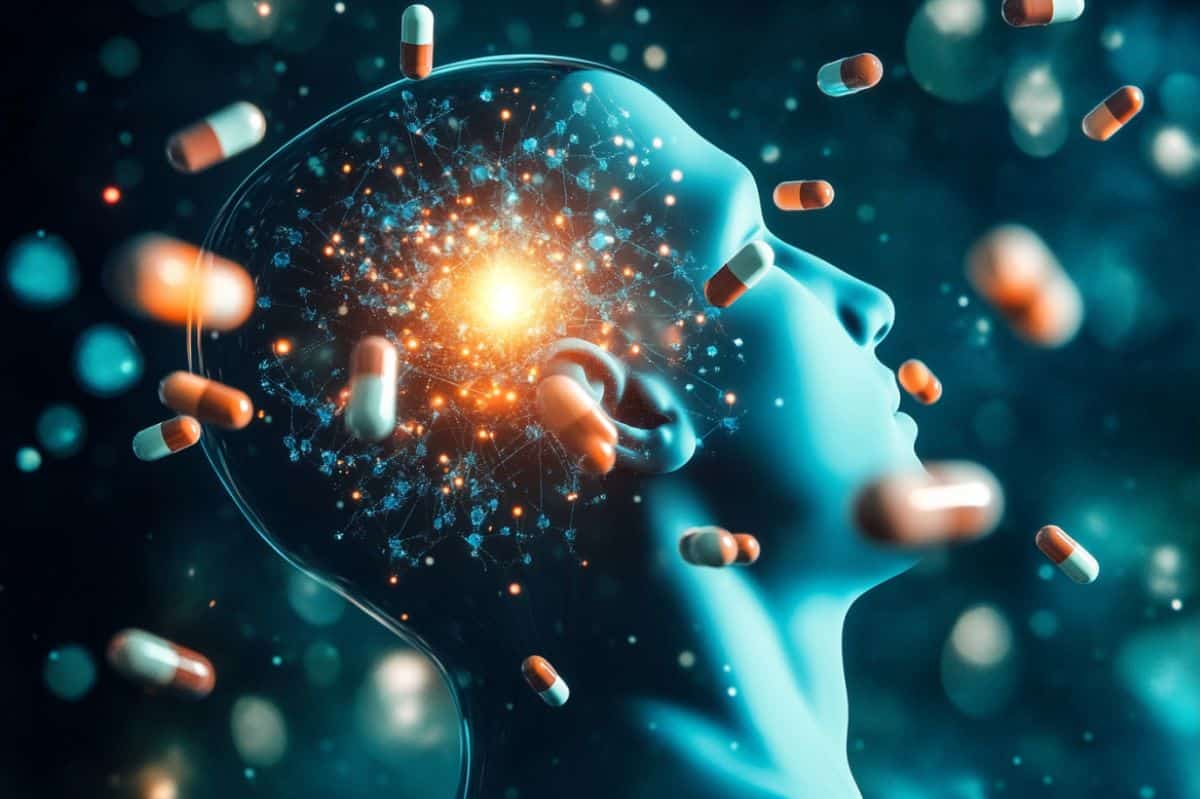Summary: New research reveals that dopamine is not directly responsible for the formation of placebo analgesia, contrary to previous beliefs. In a study with 168 participants, altering dopamine levels did not affect positive treatment expectations or pain relief.
The findings suggest dopamine may play a more nuanced role in reward processing rather than directly influencing placebo effects. This insight helps refine our understanding of the brain’s response to placebo treatments. Future research will focus on other mechanisms to enhance treatment outcomes.
Key Facts:
- Dopamine is not essential for generating placebo-induced pain relief.
- Altering dopamine levels had no effect on positive treatment expectations.
- Results suggest dopamine’s role is more related to reward processing.
Source: PLOS
New findings argue against a direct causal role for dopamine during the experience of a treatment effect in the establishment of positive treatment expectations and placebo analgesia in healthy volunteers, according to a study published September 24th in the open-access journal PLOS Biology by Ulrike Bingel from University Hospital Essen, Germany, and colleagues.
Dopamine-based reward and learning mechanisms have been suggested to contribute to placebo effects. However, the exact role of the brain messenger molecule dopamine in their generation and maintenance is still unclear.

To fill this knowledge gap, Bingel and colleagues examined the causal role of dopamine in expecting positive treatment effects, as well as the magnitude and duration of their effects on pain.
To this end, they used an established placebo pain relief paradigm in combination with two opposing medications to change dopamine levels in the brain, i.e., the dopamine antagonist sulpiride, the dopamine precursor L-dopa, and an inactive pill with no medication as control, which were applied in an experimental, double-blind, randomized, placebo-controlled trial involving 168 healthy volunteers.
The study medication successfully altered dopaminergic tone during the conditioning procedure. Contrary to the hypothesis, the medication did not modulate the formation of positive treatment expectation and placebo analgesia tested one day later.
Placebo analgesia was no longer detectable on day eight after conditioning. Overall, the data provided strong evidence against a direct dopaminergic influence on the generation and maintenance of placebo effects.
The results suggest that, while dopamine is evidently not necessary for establishing placebo analgesia, certain dopamine-dependent dimensions of reward processing which are more linked to active agency and motivational aspects may still interact with the pain experience.
In addition, the results contribute to a more nuanced understanding of the neurobiology underpinning placebo analgesia, which aids the characterization of the intricate interplay between cognition, neurochemistry, and treatment outcome.
According to the authors, further exploration of the neurochemical mechanisms underlying placebo analgesia remains paramount in the quest to exploit these effects for optimal treatment outcomes.
In particular, future efforts to advance the understanding of dopaminergic mechanisms for modulating treatment response in pain must consider the undoubtedly complex involvement of dopaminergic neurotransmission in pain and its modulation.
The authors add, “Our research is driven by the motivation to target the underlying mechanisms of placebo effects to make active medical treatments more effective. The results of our study help to redirect the search for novel treatment targets to achieve this goal.”
About this dopamine and pain research news
Author: Claire Turner
Source: PLOS
Contact: Claire Turner – PLOS
Image: The image is credited to Neuroscience News
Original Research: The findings will appear in PLOS Biology






